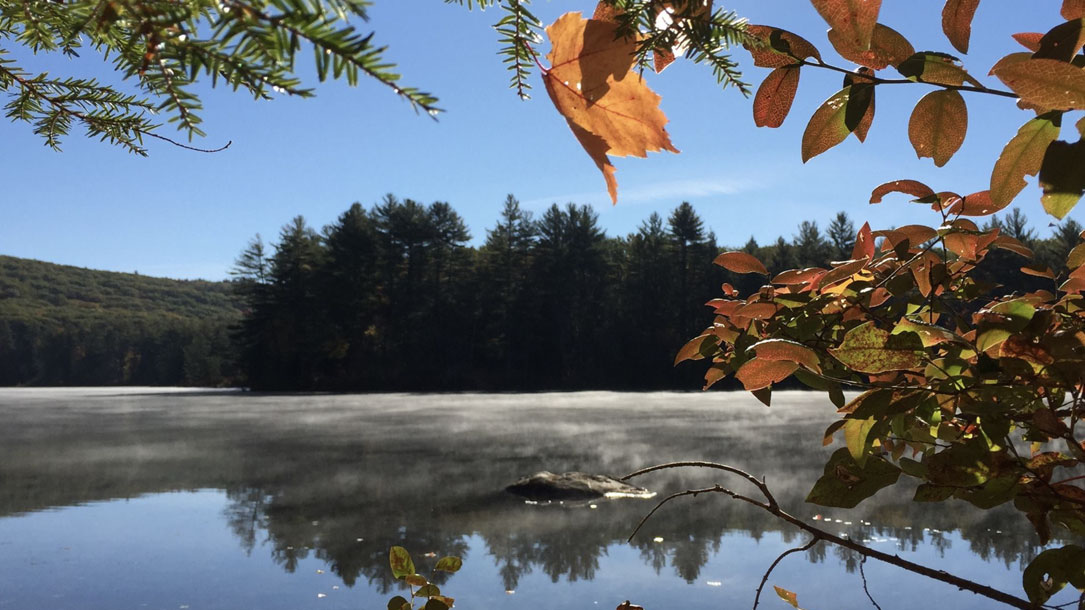
Reflections for land trusts, August 2019
I’ve been asked what a land trust can do if it doesn’t have a lot of time to work on climate change.
It’s a fair question.
Talking about climate change is probably one of the most important things you can do, both as individuals, and as a land trust. Finding common ground, helping people understand how climate change will impact what they love, and connecting the dots to what they can do about it sets us on a path toward change.
Specifically talking about natural climate solutions is key. If all goes well, and we act quickly (within the next 5–10 years), natural climate solutions are projected to help slow down climate change by 21%.
This means that the conservation community will also need to help the people who care about land and water (and their families, communities, wildlife, and farm/ranch animals) do what they can to support renewables. We need to get to a place where renewable energy is seen as vital to conservation—and we need land trusts to help connect those dots.
Why? Because climate change is accelerating. Even climate scientists are alarmed at the pace of the changes, and many are experiencing climate grief.
I know land trusts can be part of the solutions we need. The question is, to what extent? The good news is that more are stepping up to lead, and to answer just that.
Best,

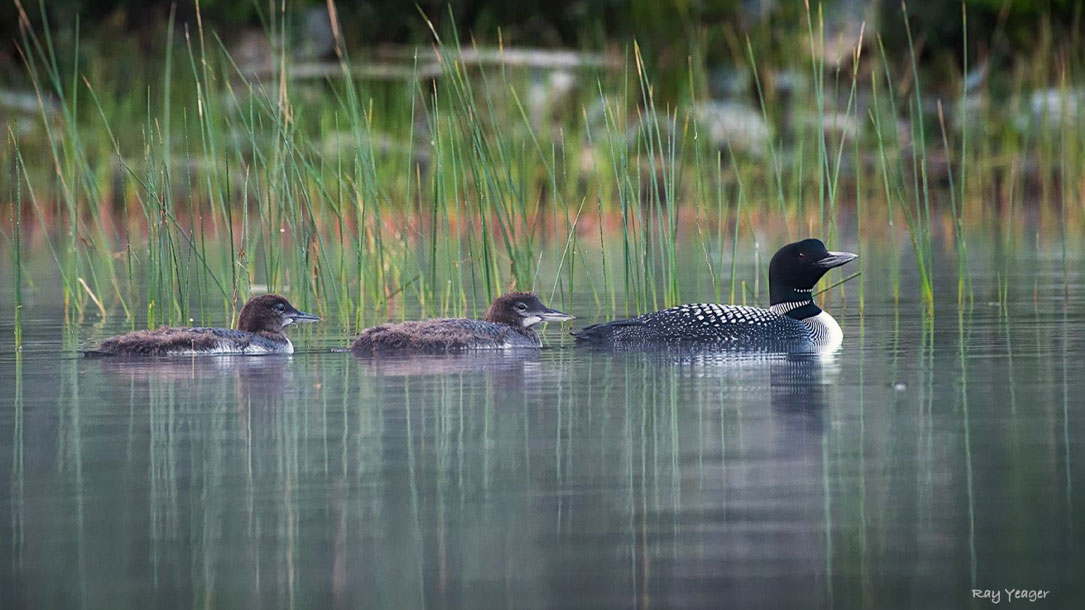
Reflections from Judy, July 2019
I thought I’d share some new research with you as well as another video by Katharine Hayhoe on how to talk about climate change. There are a number of good articles below—but I want you to know that I don’t ever expect you to read them all—just skim to see what is relevant to you. Plus, you can always go back to read them on my website.
Anyway, there’s some very good news about states and local communities ramping up their efforts to switch to renewables in a significant way, many as soon as 20 to 30 years from now.
- Twenty-three states plus the District of Columbia have adopted specific greenhouse gas reduction targets to address climate change.
Natural climate solutions are predicted (if they happen soon, and in an optimal manner) to account for up to 21% of climate mitigation efforts in this country.
The challenge is timing.
We don’t have 20 to 30 years to make this happen. Carbon dioxide is the primary greenhouse gas pollutant, responsible for about three-quarters of emissions. It can linger in the atmosphere for thousands of years. Rather, we have the next 10 to 15 years to make a significant transition.
That’s because we are nearing a tipping point with the impact of climate change. We are facing the reality that we need to act quickly to avoid irreversible damage to our ecosystems, agriculture, forests, and communities. You are a big part of this change by helping more people understand the time to act is now.
It’s crucial, as conservationists, that we don’t stand on the sideline while communities grapple with why increasing renewables and natural climate solutions matters. State-wide policies are going to get real on a local level. Your leadership is more important than ever to help communities understand that renewables and energy conservation are parts of what will keep land and water conservation viable for generations to come.
Research from Yale’s Program on Climate Change Communications shows that people—a lot of people, even in conservative areas—care, and they want to hear from you. The good news is that there are things we can do, together, now.

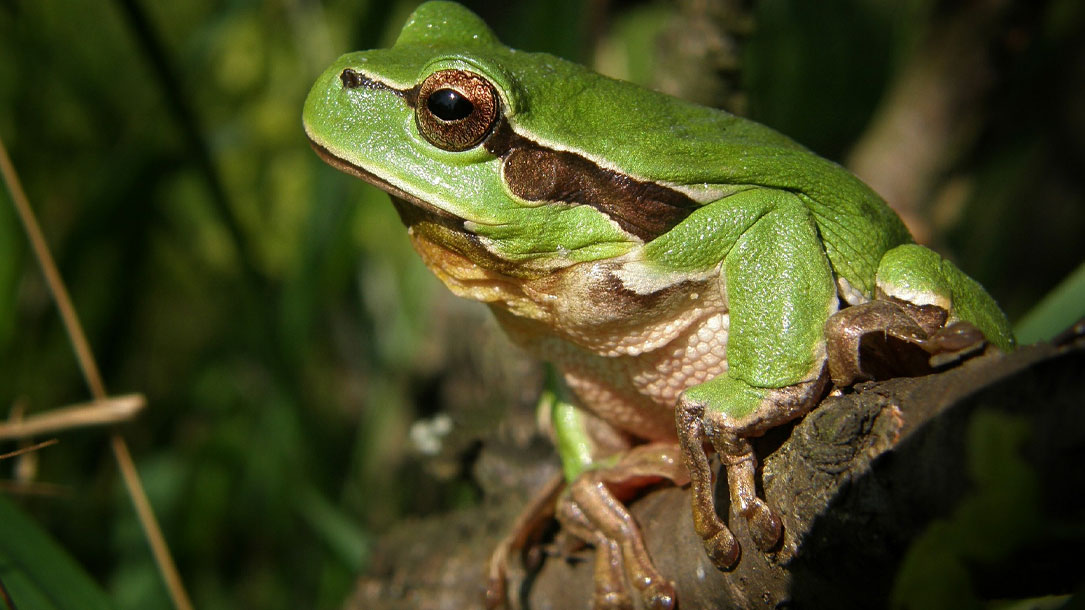
Reflections for land trusts, July 2019
Do you find that you, or your local land trust, feels overwhelmed as to how to get the word out about climate change?
I know many do.
But it’s not as hard as you think. Consider the personal, or organizational, values you have. Then start raising the issue centered around what is at risk and relevant solutions. Land trusts are starting to do this, whether it’s in their Facebook feeds, posting information in their e-News and on their websites, or hosting podcasts and community meetings.
And the business sector is getting the word out, too. There’s an opportunity to look at why businesses are stepping up their climate change efforts, even when it might not be as obvious a link as it would be for a land trust.
It doesn’t have to take a lot of time. Honestly. If you don’t have a lot of time, there are things you can do, right now, which will move the needle in slowing down climate change and shifting from “business as usual.” That’s what the Land Trusts Taking Action emails are all about.
What we don’t want is for your community to wonder where the heck you and your land trust were when there was still time to do something about it. Being late to the dance won’t cut it as this is a situation where the impacts are being, and will be, felt over centuries. We’re talking about conserving lands, waters, and the places people cherish for generations to come.
Best,

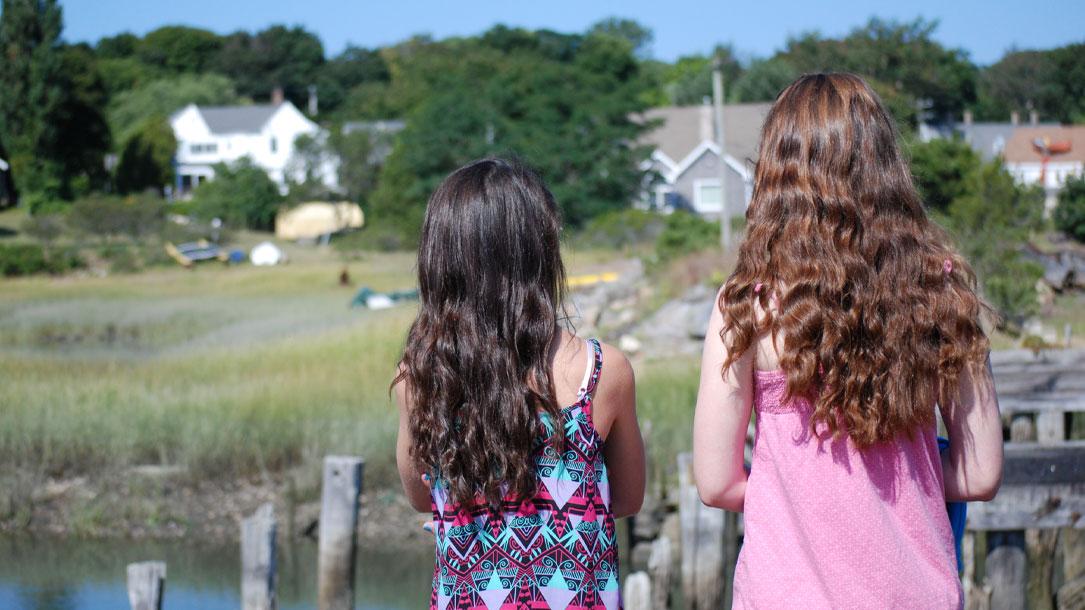
Reflections from Judy, June 2019
I’m hearing from land trusts that although they increasingly recognize climate change as the greatest threat to conservation this country (and world) has ever faced, they still don’t have time to deal with it.
Or, they aren’t experts in it.
Or, it’s too controversial. Or, their constituencies won’t care. Hmm.
The good news is your land trust doesn’t have to be an expert. There are reliable scientists who are. Your land trust can help the folks in your community connect the dots to the impact of climate change on the lands and waters they love by posting articles in social media, e-News, and newsletters.
We can help more and more people understand that slowing down climate change is worth taking two hours a week to talk about, join community efforts to advance renewables, work with landowners to use natural climate solutions, and make it clear that climate change is a fact of life.
I recognize that conservation organizations are super busy. But I also know that if your house is on fire, worrying about your rotting window sills is a skewed perspective. That means, to me, that we have to make room in conservation for fighting climate change—even if it means giving up one community talk on native plants or a trail day—so as to free up the time to talk (perhaps in partnership with other groups) about what steps we will take to slow down climate change.
In addition to the articles below, I’m curious as to what you think of the video from Katharine Hayhoe on why two degrees is the “magic number” to try to keep climate change at bay.


Reflections for land trusts, June 2019
I’m hoping this email finds you and your community safe. I’m sure you can see it yourself: there has been an increase in extreme weather that is being caused, increasingly, by climate change and the chaos it wreaks. Research continues to clarify that the destabilization of the jet stream, and the warming oceans, are significant factors.
The good news is that slowly, but surely, land conservation groups are realizing that they need to help their communities connect the dots and respond in a way that slows down climate change…soon.
More and more, I find examples of land trusts taking action, as well as the business sector realizing that it, too, has a role to play. It’s encouraging.
You might find this graphic helpful to understand what is happening and what is at stake.
I’m hoping you can encourage your community and local land trust to invest in conservation, energy efficiency, and renewables. We have a limited amount of time to make that happen to keep the lands and waters you love, intact, as you know them.
Best,


Reflections from Judy, May 2019
I’ve been thinking about climate leadership.
Greta Thunberg, one of the most effective climate leaders we have yet to see, is just 16 years of age. Her secret? Facing the climate crisis as a crisis, speaking truth in a way that empowers others, using language and metaphors people can relate to, and disrupting the everyday process of “business as usual” by noting that “doing the same” will end the world as we know it.
She understands the science. She understands the urgency. She grapples with climate sorrow. And yet, she is drawing people from all walks of life (and the world’s leaders) together to face the need for change.
I’m hoping that your local land trust—as well as land trusts who work throughout the nation—will follow suit to change course, and soon.
If your land trust took just two hours a week to elevate the need for climate action through partnerships, communications, programming, and team learning, it might be the most important conservation work it does as an organization to save the special places we all care about. Conserving land to minimize development is helpful when conserving important conservation attributes—but we know that it won’t be nearly enough given what climate change, at its current accelerating rate, will do.
Starting now, we have a chance to be part of the solution at a level that matches the risks to the lands, waters, and communities we have pledged to conserve. For Greta, and now thousands of students, this means one day per week. For you? Maybe it’s talking with friends, family, colleagues, or community organizations to help people around you connect the dots. We all have to start somewhere. And I’m here, walking this path with you.

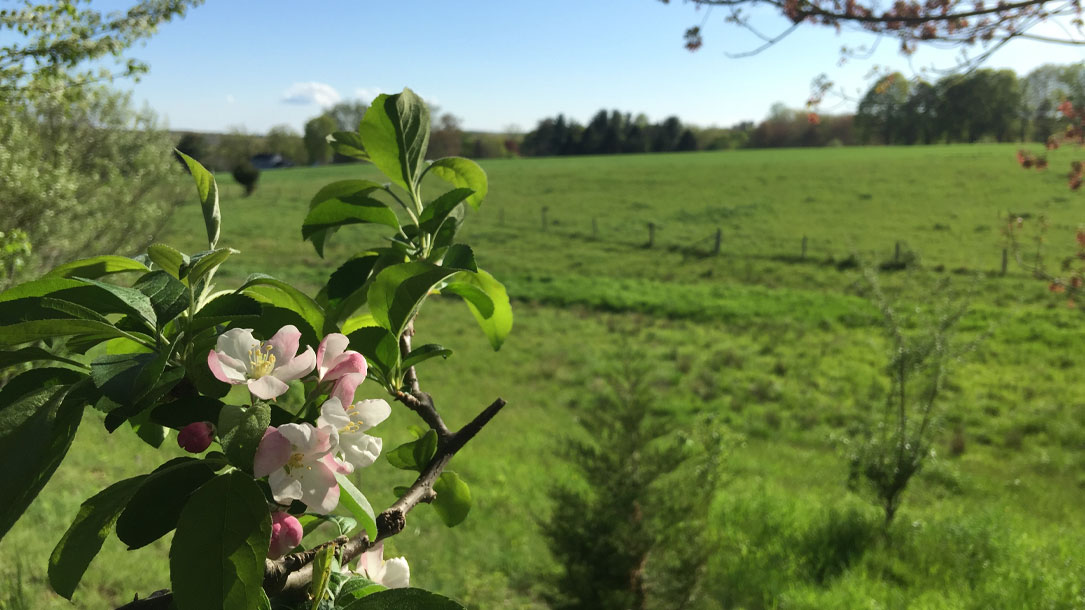
Reflections for land trusts, May 2019
Have you ever asked what the role of the United States is with regard to climate change and how that has played out over time?
You can now watch an animated portrayal of global climate emissions since 1750.
A recent article from Vox notes that “humans are pumping more carbon dioxide into the atmosphere at an accelerating rate. But climate change is a cumulative problem, a function of the total amount of greenhouse gases that have accumulated in the sky. Some of the heat-trapping gases in the air right now date back to the Industrial Revolution. And since that time, some countries have pumped out vastly more carbon dioxide than others.”
The animation shows the cumulative carbon dioxide emissions from the top emitters and how they’ve changed over time.
The good news is that land conservationists and people like you (who care), including a lot of those working with farmers and ranchers as noted below, are working to accelerate how they are slowing down climate change.
I’m hopeful that other land trusts will elevate the need to go beyond conservation as we have known it and raise the importance of slowing down climate change while there is still time to retain the plants, animals, water, and communities we cherish.
It will take more than land protection in North America to provide a meaningful climate impact (although it’s a good place to start). Rebuilding soils (forest, prairie, and agricultural), advocating for energy conservation, accelerating renewables, and managing land for long-term carbon sequestration are now part of a future necessary for conservation to thrive.
I look forward to hearing from you about examples of land trusts doing just that. In the meantime, see what you think of the three below.
Best,


Reflections from Judy, April 2019
There have been more serious climate warning signs stacking up of late. I’ve been grappling with what I call “climate sorrow,” which has resulted in an increased consumption of chocolate and the realization that we (or at least me) will need to build a stronger sense of community among those in the conservation sector who understand the urgency of the climate situation.
We also need humor, frank conversations, and plenty of encouragement not to give up. Because of that, I wanted to share with you an insight from Vu Le of Nonprofit AF. In his post entitled “If you’re feeling hopeless of late, remember that your work matters and you do too,” Le shares the following:
“With so many things facing all of us, it is easy to fall into despair, to think about giving up, maybe to quit the sector and open a stall at the local farmer’s market or something (though I hear that’s tough too!) If you’re feeling that way of late, know you are not alone, and recognize that the more you care about the world, the more painful your work will be sometimes.
But always remember that you make a difference, that your actions have ripple effects far beyond what you may ever be able to see or know. As Gandhi says:
‘It’s the action, not the fruit of the action, that’s important. You have to do the right thing. It may not be in your power, may not be in your time, that there’ll be any fruit. But that doesn’t mean you stop doing the right thing. You may never know what results come from your action. But if you do nothing, there will be no result.’
When it is so tempting to walk away, and sometimes that’s for the best, thank you for always continuing to do something to make the world better.”
Today—and every day—I thank you for working to slow down climate change as fast as we can. The next 10-15 years will be critical: conservation as usual won’t be enough to save the lands, waters, animals, and communities we cherish.

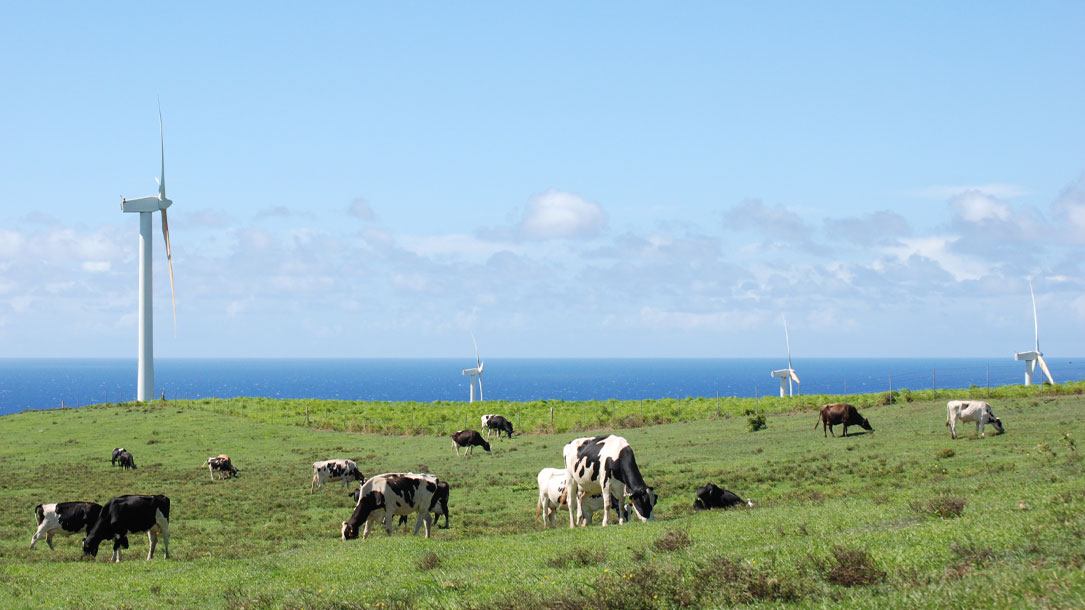
Reflections for land trusts, April 2019
As spring shifts into gear throughout the country, climate change is increasingly on peoples’ minds.
There is a growing awareness that conserving the places we love will require that we change our approach to conservation. It will take new partnerships and building a more inclusive and responsive “tent for change.” Research currently postulates that natural solutions could play a role of up to 30% in our work to slow down climate change; the other 70% will need to come from switching to renewables and increasing energy efficiency.
This means ramping up natural solutions and thinking about renewables differently—not as something to fight—but instead as a solution we must embrace for long-term conservation. Changing our approach to climate change also means working to find ways to make renewables compatible with the plants, animals, and communities we are working to conserve, to the greatest extent possible.
And, it means bringing others along in the journey of helping to slow down climate change, soon. Unlike other challenges, when we decide to dramatically reverse climate change, things won’t “right themselves.” The impacts we are already seeing will last for generations. That’s why it’s inspiring to see conservation groups and other community groups, take leadership positions while there is still time.
I wanted to relay that the articles below are designed for you to skim and find something relevant to you—or to those you know. You may want to read them all or you may want to read one or two, or just watch the video. That’s totally OK. In fact, it’s expected given how busy everyone is. The good news is that you will be able to refer to them later on my website, should you want to read them again.
Best,


Reflections from Judy, March 2019
I wanted to share with you some really interesting research related to the viability of agriculture and wildlife habitat in relation to renewables and solar.
The news related to climate change is getting increasingly grim, with the vast majority of climate scientists (over 97%) stating that the window for action is closing.
That means that you and I—and the conservation groups who have pledged to conserve farms, forests, wildlife habitats, and special places—need to take action and encourage creative solutions to reduce fossil fuels as soon as we can. The longer we wait, the more species are at risk, and the more our communities face economic and health challenges.
Which is why it’s encouraging to see that organizations like The Nature Conservancy, National Audubon Society, and Scenic Hudson are ramping up their messaging to help people like you and me connect the dots—and empower conservation to partner with renewables as part of the solution.
Please join me in thinking about those who are grappling with the extreme weather of late. My heart goes out to them and their communities. I’m hopeful that we can support state and national policies to help provide support to those in need as well as connect the dots in a manner that will clarify the need to slow climate change down.













